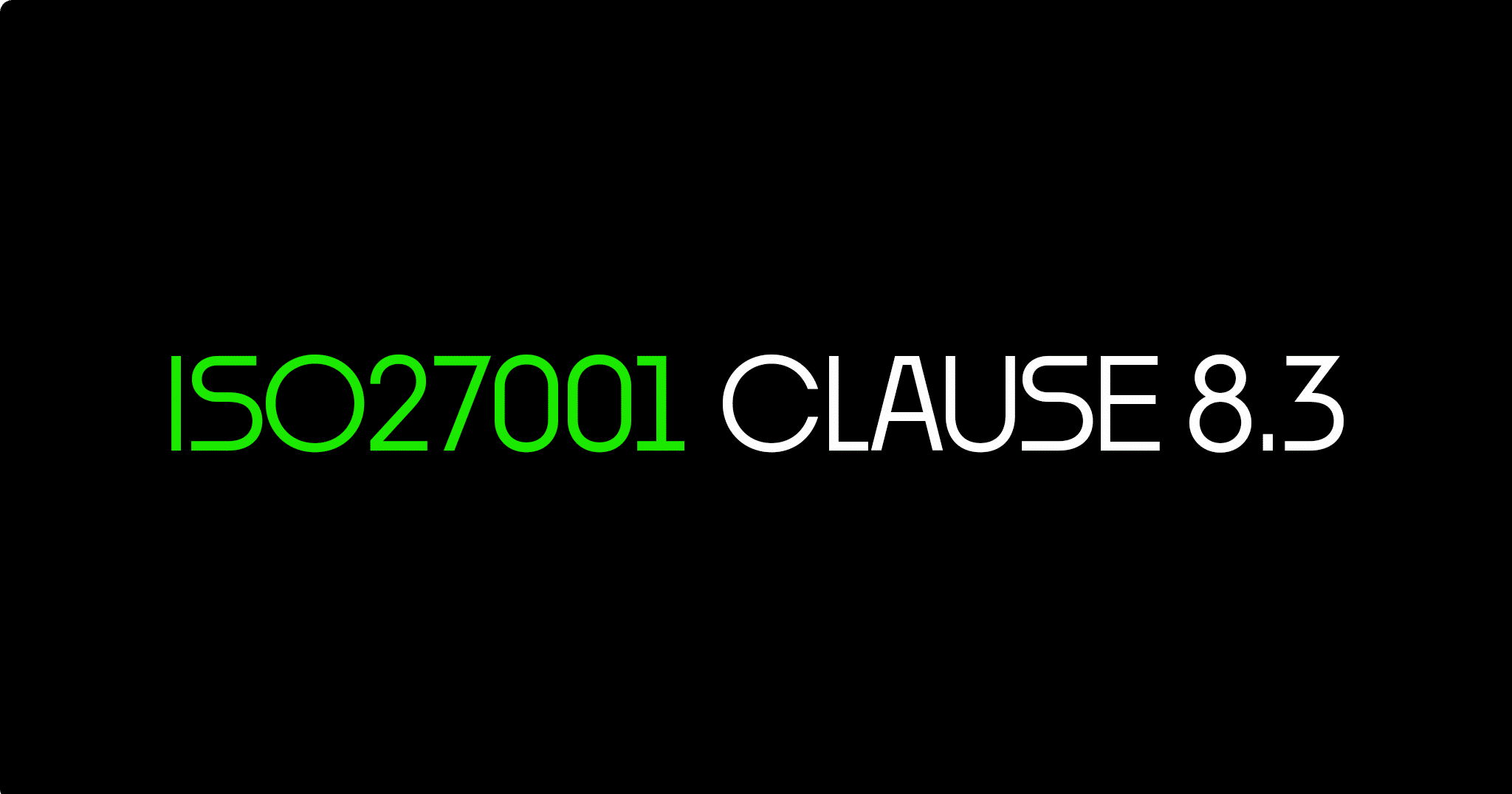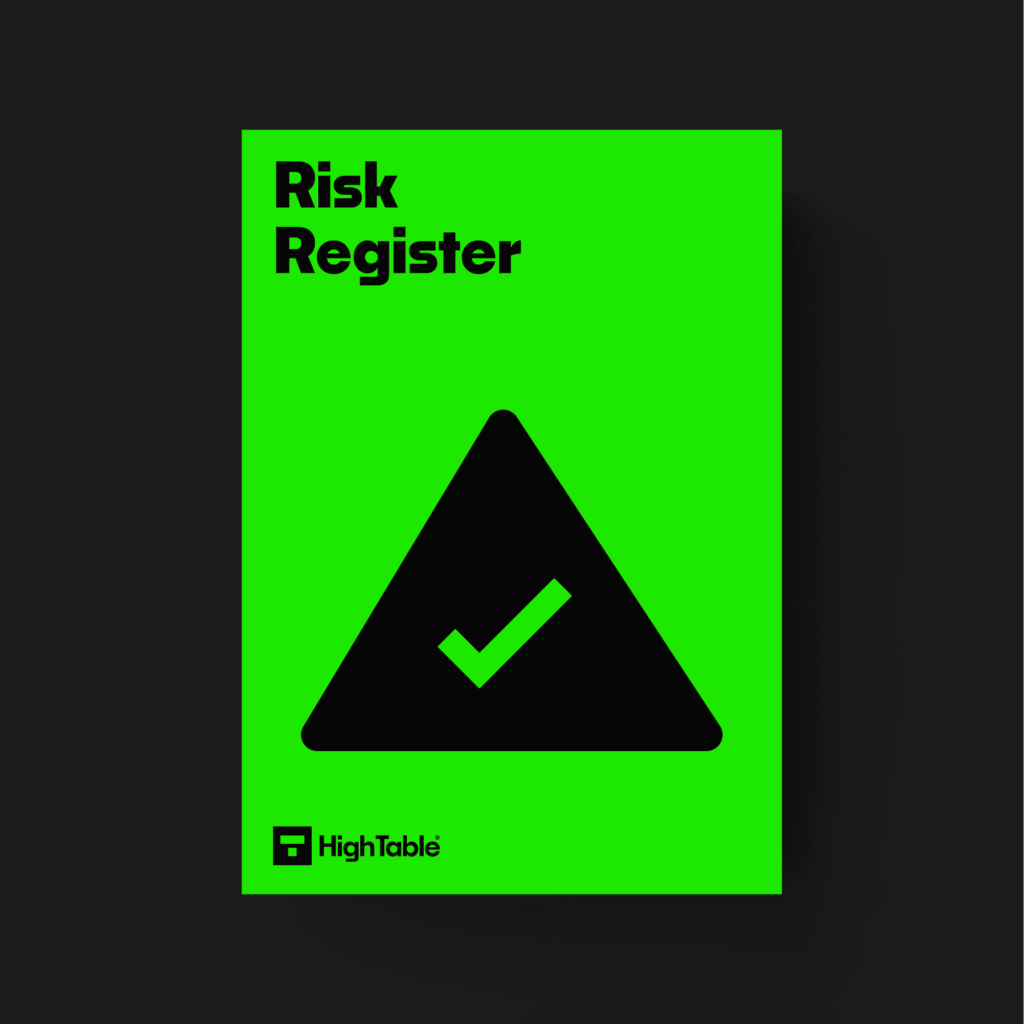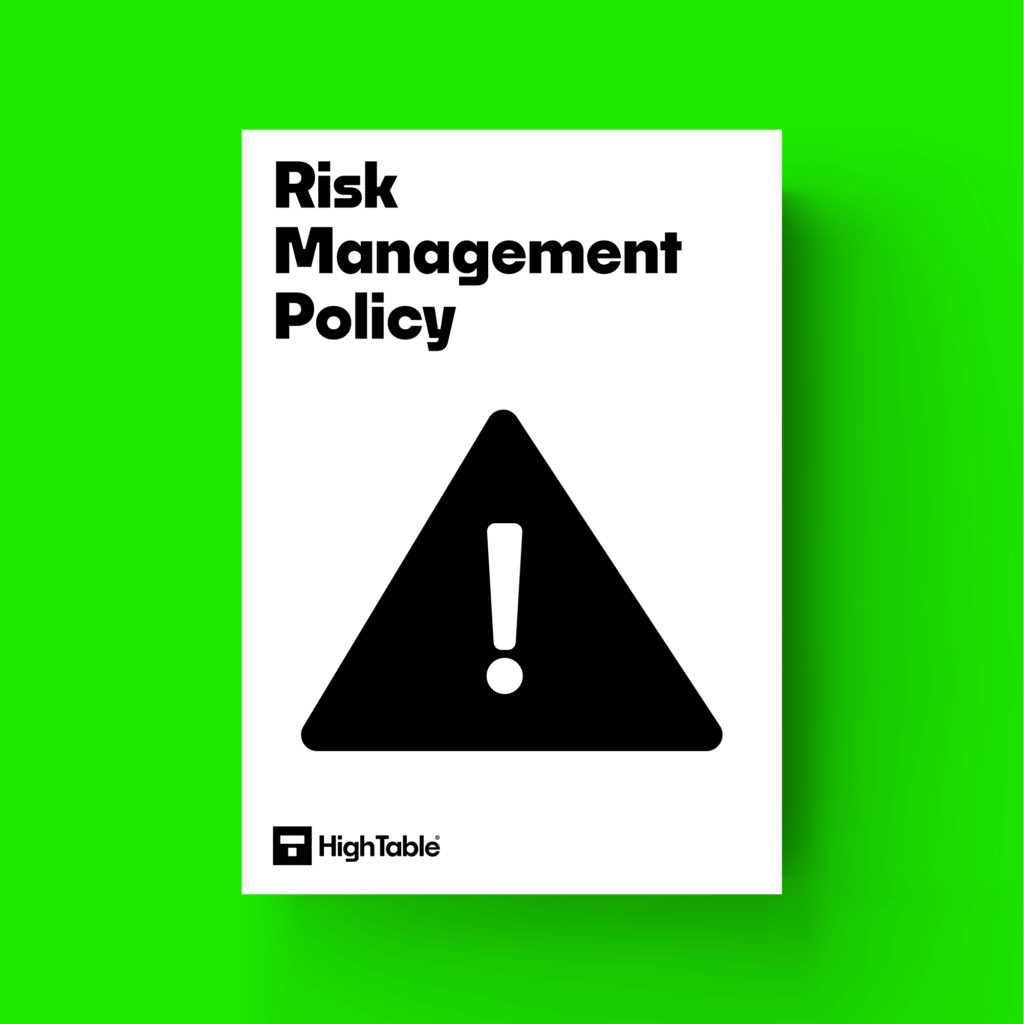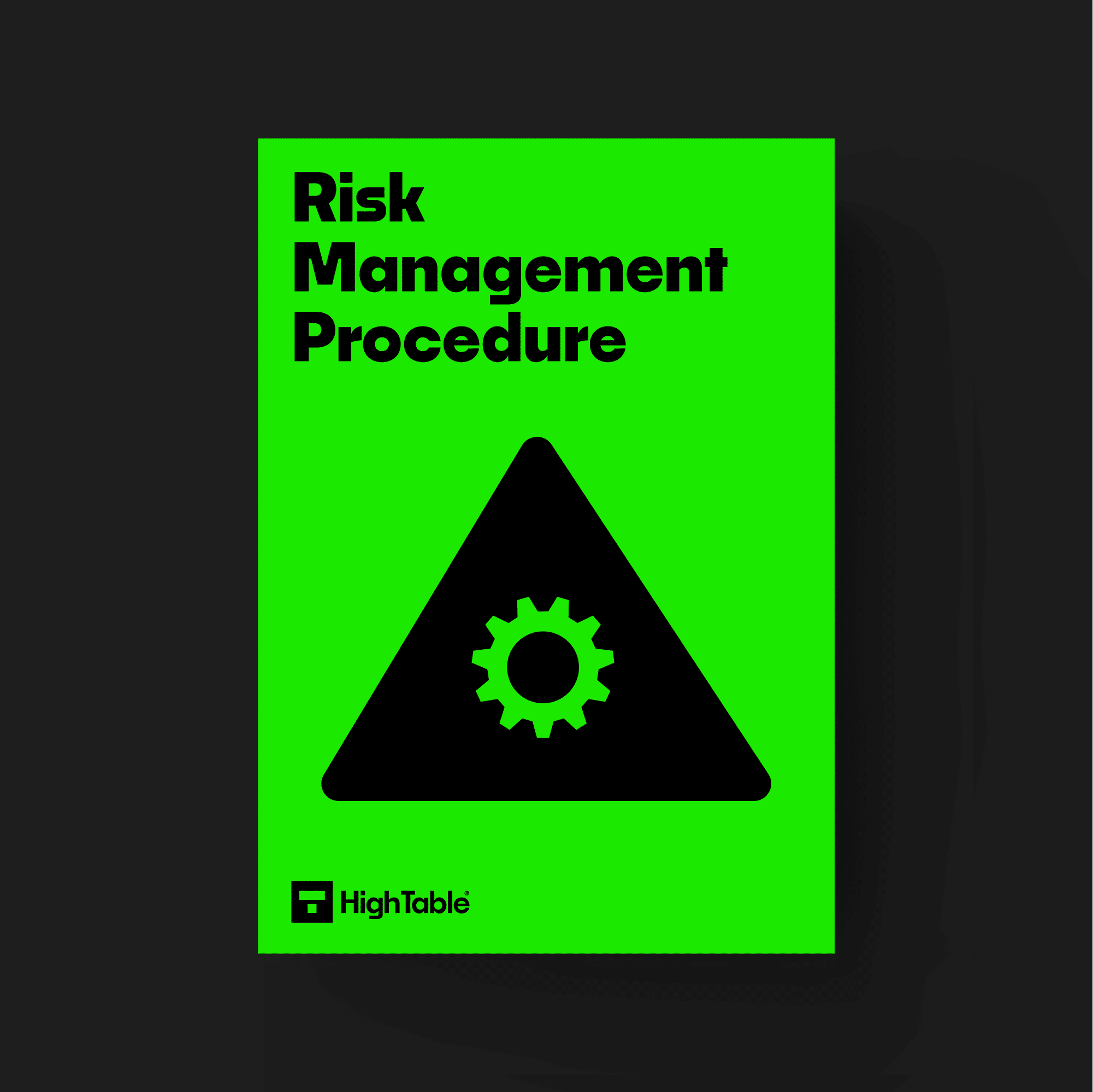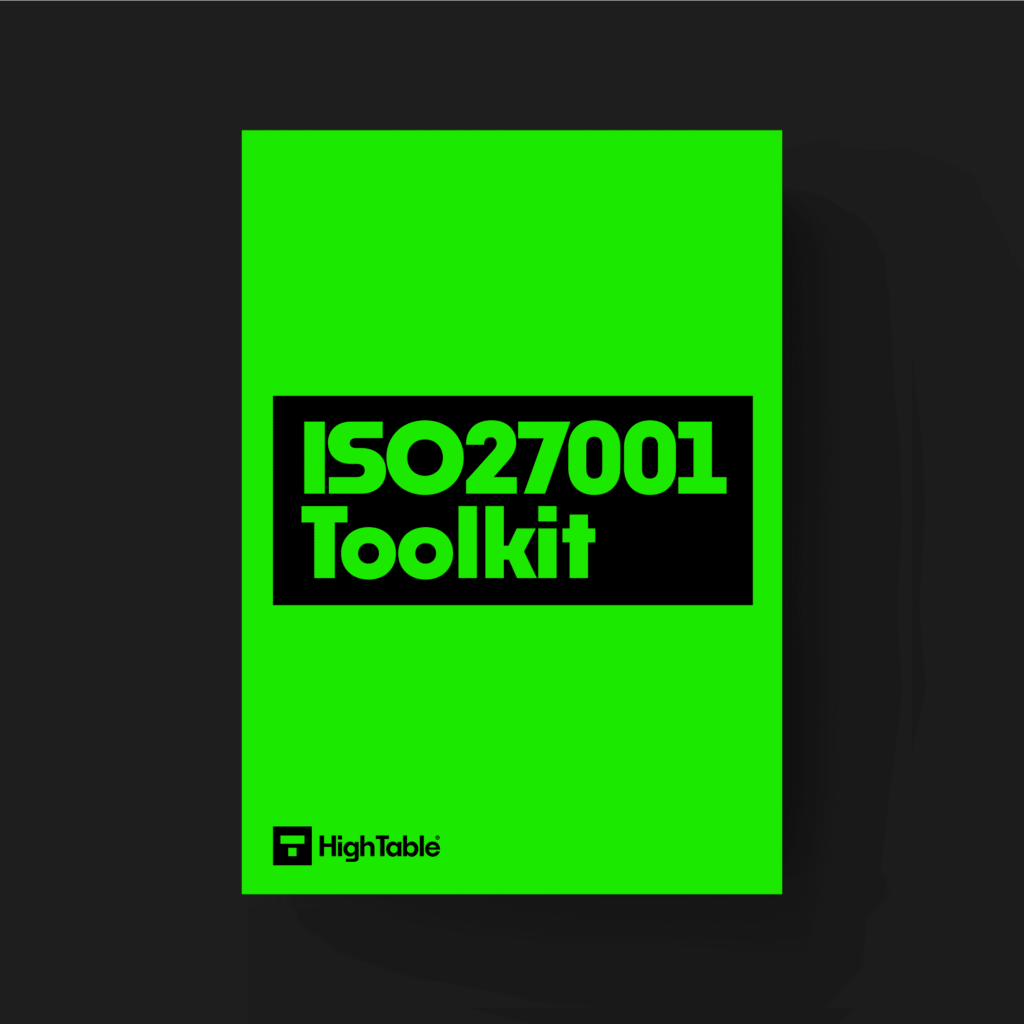In this ultimate guide to ISO 27001 Clause 8.3 Information Security Risk Treatment you will learn
- What is ISO 27001 Clause 8.3
- How to implement ISO 27001 Clause 8.3
I am Stuart Barker, the ISO 27001 Ninja and author of the Ultimate ISO 27001 Toolkit.
With over 30 years industry experience I will show you what’s new, give you ISO 27001 templates, show you examples, do a walkthrough and show you how to implement it for ISO 27001 certification.
Table of contents
What is ISO 27001 Clause 8.3 ?
The ISO 27001 standard requires an organisation to treat risks and to keep evidence of the results.
ISO 27001 Clause 8.3 is all about risk treatment.
Where we covered the risk treatment planning in ISO 27001 Clause 6.1.3 here we look at the execution.
The ISO 27001 standard for ISO 27001 certification wants you to effectively treat and manage risks.
That risk treatment process has to maintain evidence of the risk treatment which is done by using a risk register.
ISO 27001 Clause 8.3 Definition
The ISO 27001 standard defines ISO 27001 clause 8.3 as:
The organisation shall implement the information security risk treatment plan.
ISO 27001 Clause 8.3 Information Security Risk Treatment
The organisation shall retain documented information of the results of the information security risk treatment.
What are the ISO 27001:2022 Changes to Clause 8.3?
Great news. There are no changes to ISO 27001 Clause 8.3 in the 2022 update.
ISO 27001 Clause 8.3 Implementation Guide
To meet the requirement of ISO 27001 clause 8.3 you must evidence that the risk treatment plan that you described in ISO 27001 Clause 6.1.3 is being implemented. The way that you do this is by having effective risk management in place, using a risk register that includes all of the required controls and includes residual risk and then ensuring that the risk register is shared with, and minuted at, the management review team meeting.
The controls that you selected in the Statement of Applicability are all designed to effectively manage risk.
You ensure that you can tie your risk register and your risk treatment to the controls that you have, including those you choose in the Statement of Applicability.
ISO 27001 Clause 8.3 Risk Treatment Examples
Risk treatment examples include:
- You can accept the risk. You would hold a management review meeting, get agreement to accept the risk, minute the meeting to document the decision and update the risk register.
- You could transfer the risk. Whilst you cannot transfer the accountability for a risk you can transfer the treatment of the risk. An example of this would be having insurance in place or outsourcing to a third party.
- You could mitigate the risk. The level of mitigation may be to reduce but not eliminate the risk or to eliminate the risk. It really depends on the risk appetite of the organisation.
How to conduct an ISO 27001 risk treatment
You use the risk register and sure that you provide an effective risk rating for each risk.
Using your risk treatment plan you will have identified the relevant risk treatment based on risk level.
This can be overridden by the management review team meeting.
For each risk that you identify, once you have identified the risk treatment implement the treatment you have chosen. If this is to either introduce or enhance controls, including those in the Statement of Applicability, follow your continual improvement process.
Once the risk treatment is implemented update the risk register and conduct and audit of the risk again and record the residual risk score.
This is the new risk score based on the new risk treatment.
Ideally the risk score will have gone down.
You would not want to implement a control for a risk that did not positively impact its risk score and go some way to mitigating it.
ISO 27001 Templates
ISO 27001 templates are a great way to implement your information security management system. Whilst an ISO 27001 toolkit can save you up to 30x in consulting fees and allow you to deliver up to 10x faster these individual templates help meet the specific requirements of ISO 27001 clause 8.3.
DO IT YOURSELF ISO 27001
All the templates, tools, support and knowledge you need to do it yourself.
Watch the Tutorial
Watch How To Implement ISO 27001 Clause 8.3 Information Security Risk Treatment
ISO 27001 Clause 8.3 FAQ
The ISO 27001 standard requires an organisation to perform risk treatment for identified risks and record evidence of the risk treatment.
You can download ISO 27001 Clause 8.3 Information Security Risk Treatment templates in the ISO 27001 Toolkit.
An example of ISO 27001 Clause 8.3 Information Security Risk Treatment can be found in the ISO 27001 Toolkit.
Yes. A complete guide to the ISO 27001 Clause 8.3 Information Security Risk Treatment risk register can be found here.
A guide to the ISO 27001 risk management policy used by ISO 27001 Clause 8.3 is located here.
There are several ways to keep and how evidence of a risk assessment:
1. Hold an annual risk review meeting and minute the results
2. Maintain and use a risk register
3. Follow the structure agenda of the management review team meeting which covers risk assessment
4. Include risk assessment as part of your operational processes
At any point that the risk identified is unacceptable and needs to be addressed
Read the complete guide to ISO 27001 risk assessment here.
Further Reading
For more on planning for risk assessment be sure to read: ISO 27001 Clause 6.12 Information security risk assessment Guide
For more on planning for risk treatment be sure to read: ISO 27001 Clause 6.1.3 Information Security Risk Treatment Guide

